Deck & Commander Strategies
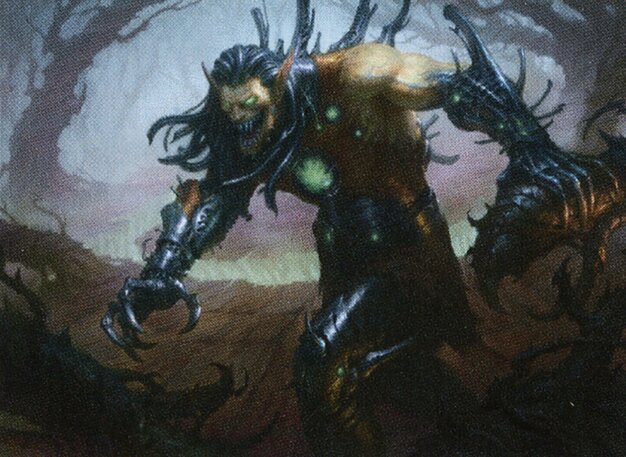
Ezuri, Claw of Progress
Utilizes elf synergies and experience counters to grow creatures large and draw cards, enabling explosive combat phases and combo potential with infinite mana generation.
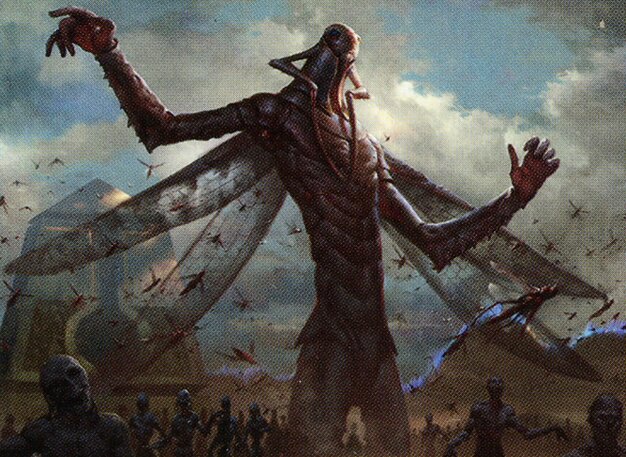
The Locust God
Focuses on card draw, control through bounce and counterspells, and generating insect tokens to overwhelm opponents gradually.
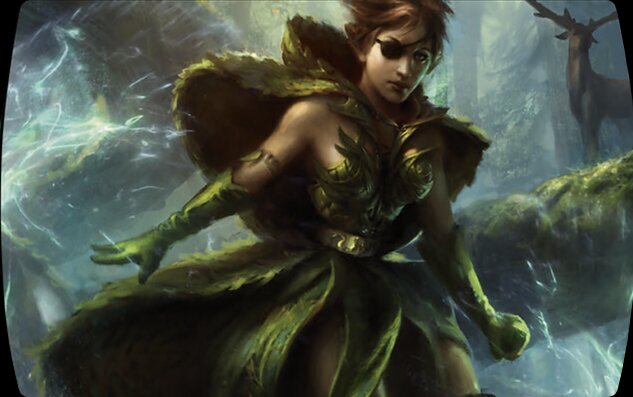
Freyalise, Llanowar's Fury
Ramp and mana generation using Guy's Cradle and experience counters to produce large amounts of mana and tokens, aiming to flood the board and control the game state.

Dromar, the Banisher
Midrange value with bounce effects and control elements, supporting a tempo-based approach that disrupts opponents while establishing a resilient board.
Gameplay Insights
- 1
Trevor’s use of Guy's Cradle and experience counters to generate vast mana and tokens was a major turning point, enabling a wide board presence.
- 2
Matt's assembly of infinite green mana combos with Heritage Druid, Elvish Promenade, and Wild Pair allowed him to cast powerful spells like overloaded Cyclonic Rift, shifting the momentum decisively.
- 3
The interaction of removal spells targeting mana artifacts like Soul Ring early on forced players to adapt, impacting ramp consistency.
- 4
Mike’s Locust God deck balanced card draw and control with bounce spells and counters, maintaining pressure despite board wipes.
- 5
Matt’s use of Skullclamp to draw multiple cards off small tokens was crucial in gaining card advantage and fueling combo pieces.
- 6
The timing of counterspells such as Dream Fracture and Cryptic Command effectively disrupted key spells, influencing the flow of the game.
Notable Cards
-
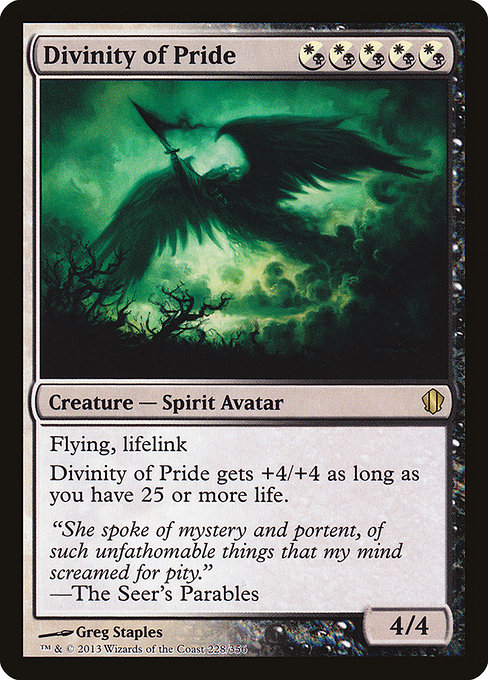
Divinity of Pride
-
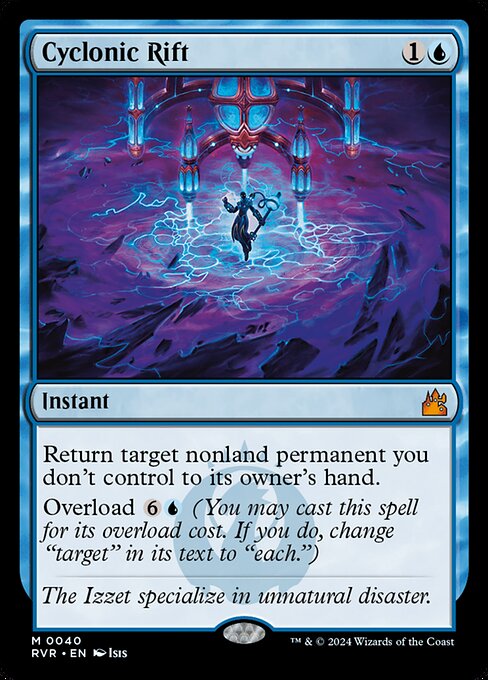
Cyclonic Rift
-
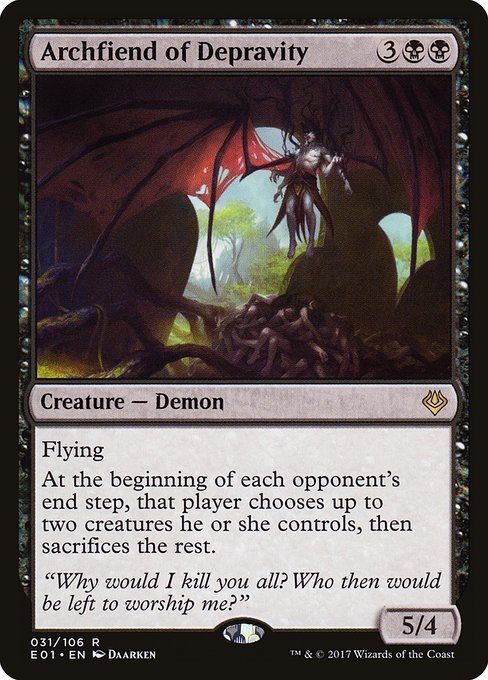
Archfiend of Depravity
-
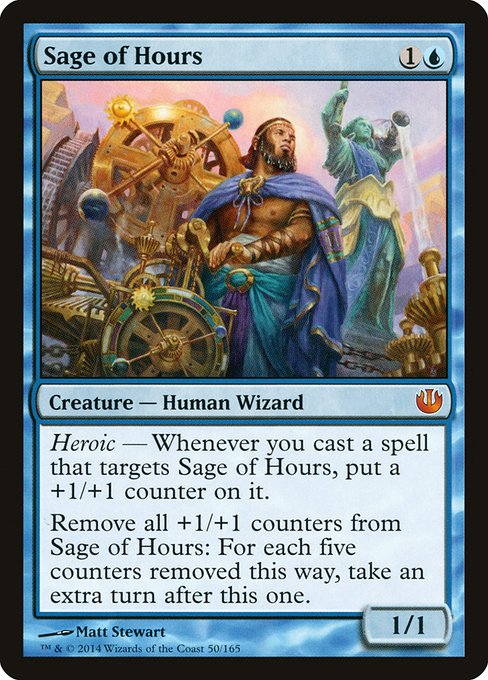
Sage of Hours
-
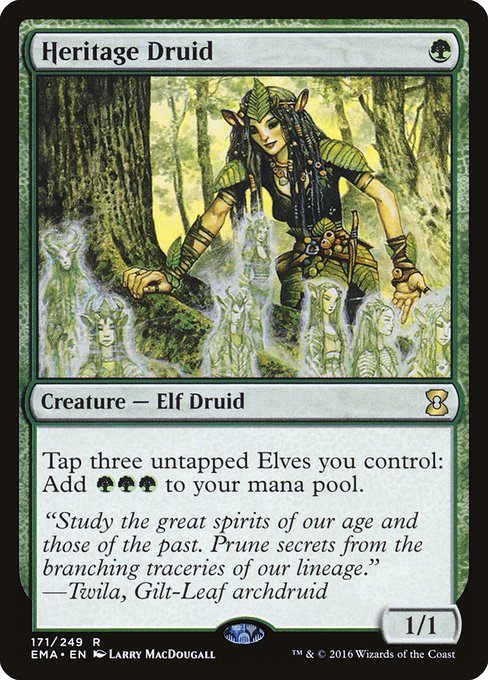
Heritage Druid
-
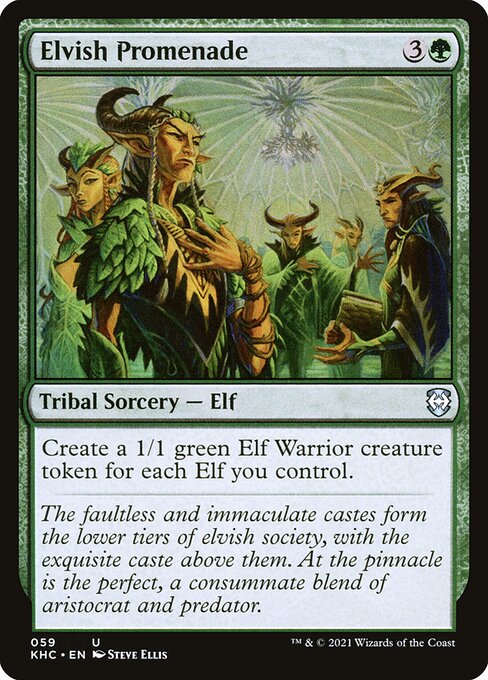
Elvish Promenade
-
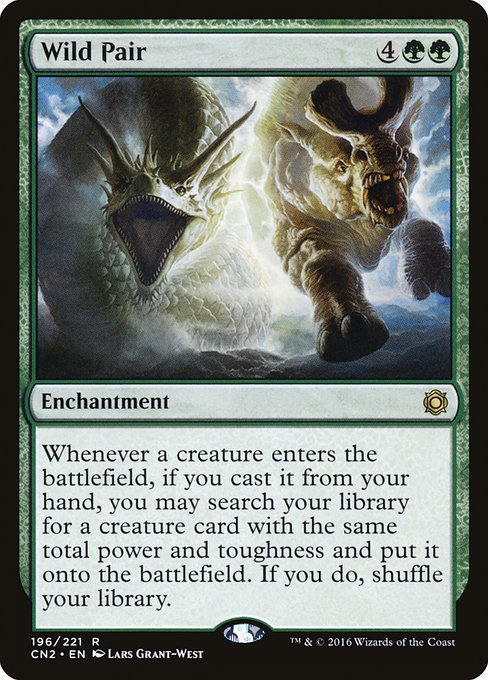
Wild Pair
-

Song of the Dryads
-

Cryptic Command
-
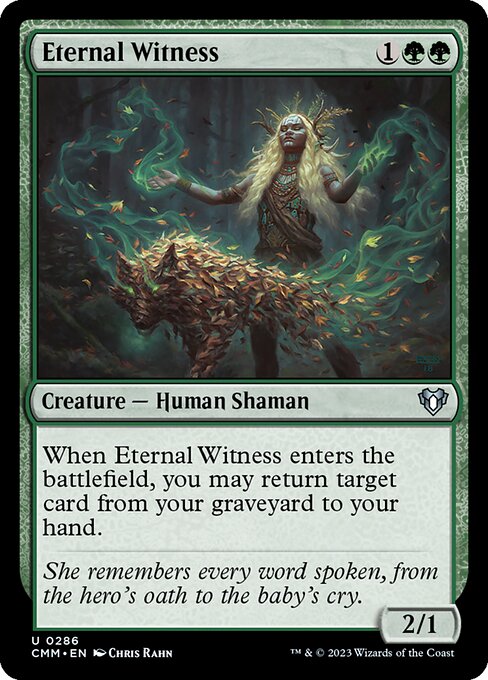
Eternal Witness
-

Skullclamp
Gameplay Summary
The game started with all players developing their mana bases and early board presence, with key ramp and utility creatures like Arbor Elf, Priests of Titania, and various elves enabling explosive growth.
Early interaction included targeted removal of key artifacts such as Soul Ring, which was promptly replaced or mitigated.
Trevor’s Freyalise deck leveraged Guy's Cradle and experience counters to produce massive amounts of mana and tokens, while Matt’s Ezuri deck sought to grow elves and build experience counters to enable powerful combat phases and card draw.
Mike’s Locust God deck focused on card draw and control elements, including Cryptic Command and bounce effects to maintain board presence.





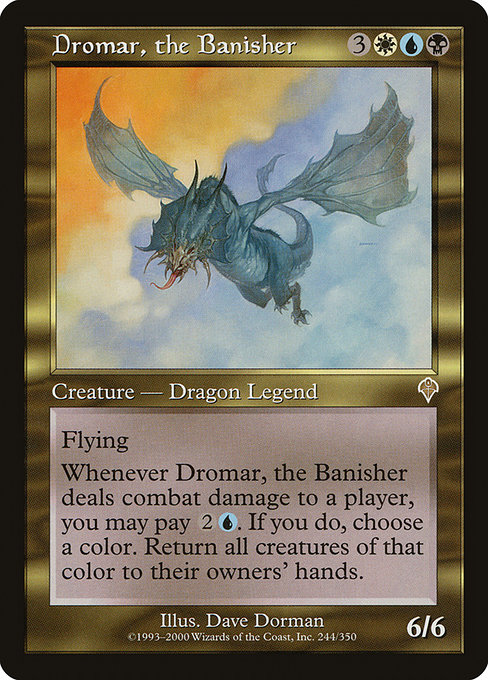










![Commander VS S7E3: Jenara vs Brago vs Dromar vs Mirko Vosk [MTG] thumbnail](https://i.ytimg.com/vi/MqPViviZW8Q/sddefault.jpg)

















